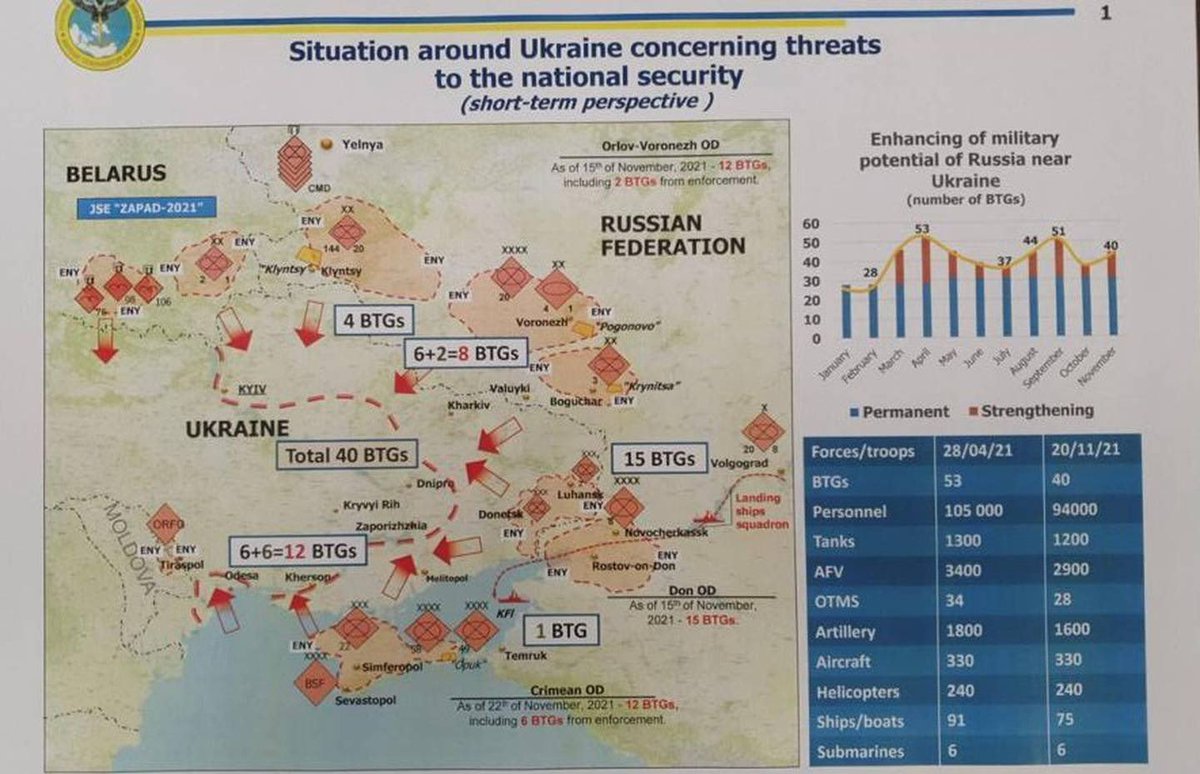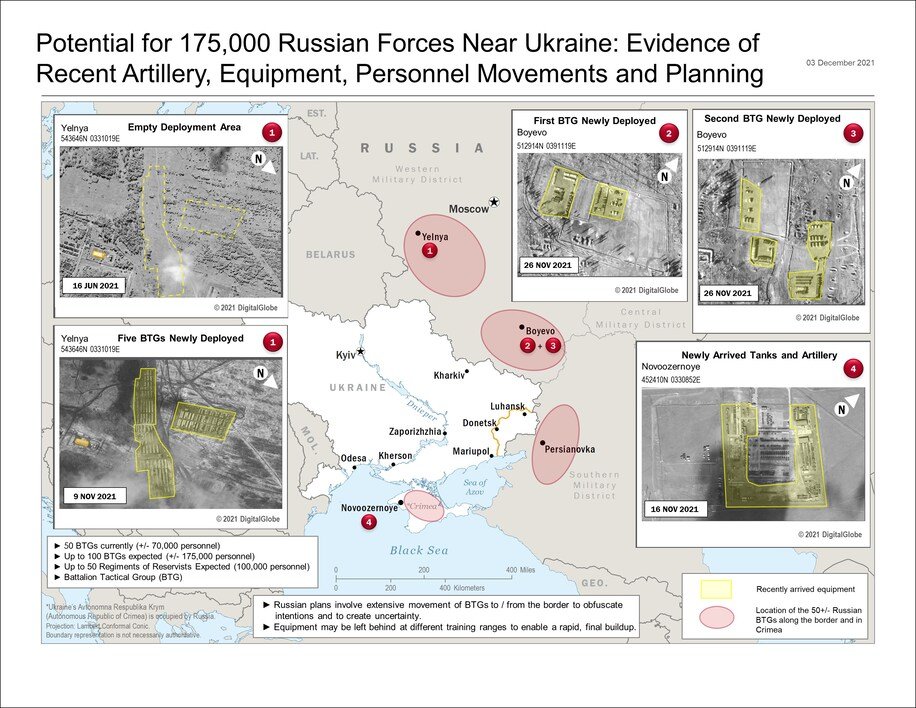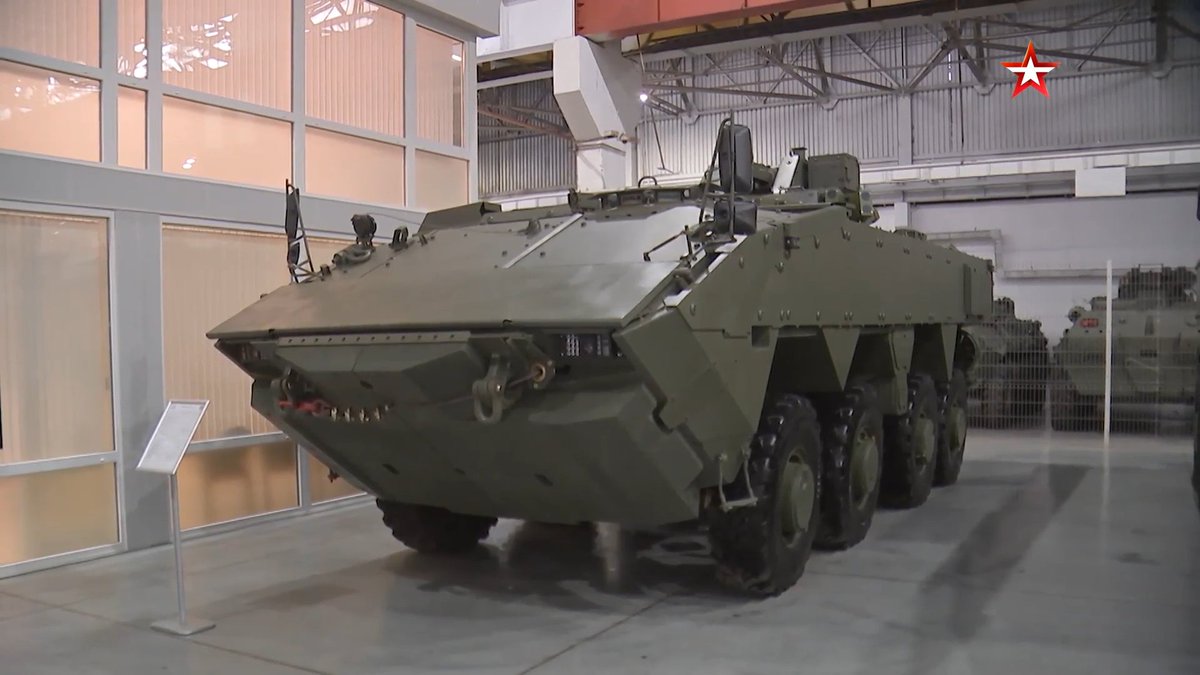
Short thread: I see a number of people arguing that the ultimate goal of Russia's buildup is to occupy more Ukrainian territory. When you look at what Russia is actually doing, that explanation makes little sense.
1st, Russia's current activities are related to its buildup in the spring. Many of the units/equipment moved near Ukraine in March-April never left. Russia did not conduct a large-scale invasion then to occupy more territory. If that is their ultimate goal, why didn't they? 2/
The current buildup is less public than in the spring, but it isn't hidden and US/Ukr intel can see what they're doing. Russia isn't being that secretive (Putin said they were deliberately increasing tensions) and there is alot of strong rhetoric coming from Russian officials. 3/
There is no reason to believe Ukraine would give up anymore territory without a fight, so why deliberately stoke tensions if you wanted to seize territory? That just gives Kyiv time to prepare its defenses and NATO time to plan a response. Does that make any sense? 4/
Some have argued that Russia wants to drive to the Dnieper to open the Crimean canal. There is no guarantee the canal would function without heavy repairs and there would be enormous costs/risks for such an operation. Infrastructure repairs in Crimea are a far cheaper option. 5/
Russia has made several demands of Ukraine and NATO in both the spring and this fall, some that were explicitly tied to its military buildup, but they never mentioned the canal or an interest in more Ukrainian territory. Does that make sense if the goal is to seize territory? 6/
Russia *could* seize Ukrainian territory, but that wouldn't be the ultimate goal. It would be a means of inflicting pain on Kyiv to compel it or NATO to concede to Russia's stated demands (e.g. Minsk agreement, NATO arms sales, rhetoric about retaking the Donbas by force, etc.)7/
The annexation of Crimea was unique (they didn't annex the Donbas for a reason), but Russia's other uses of force under Putin are better explained as driven by compellence/deterrence. The risk of a Russian escalation in Ukraine is real but the ultimate goal isn't terrain. 8/
The "occupy terrain" argument strikes me as a mirror imaging mistake based on poor analysis of Russia's history of using of force. Russia achieved strategic surprise in Crimea and Syria, and its current actions are very different than its actions before those interventions. 9/
In 2008, Russian forces pushed beyond Abkhazia and South Ossetia and conducted punitive strikes, but they ultimately voluntarily withdrew. In general, Russia doesn't like occupying areas where there would be strong resistance (they saw what happened in Iraq or AFG). 10/
There is a greater risk of a large, overt Russian military escalation in Ukraine now than any point since 2015, but if you misinterpret their goals, you may prepare for the wrong scenario or take actions that won't deter that escalation (i.e. Javelins won't deter MLRS/arty). 11/
A better explanation is that this about either forcing political changes on Kyiv (e.g. implementing the Minsk accords) and/or deterring NATO from further activities in the Black Sea and defense cooperation with Ukraine (which is what the Russian FP experts have said). 12/
That explains why Russia conducted the buildup in the spring, and, after a summer in which the US/UK/Turkey continued delivering arms to Kyiv, the HMS Defender incident, NATO recon flights, and the Ukrainian TB2 strike in October, why Russia decided to push back now. 13/
The real questions are what exactly are Russia's red lines and how ambitious are Russia's objectives wrt/ Ukraine? Getting NATO to reduce arms sales is easier than forcing constitutional changes on Kyiv (which might require a large invasion). 14/
Russia is concerned with the "creeping" NATO defense cooperation with Kyiv. NATO membership is unlikely and TB2/Javelins aren't a huge deal, but they want to draw a line here to prevent NATO from deploying missile defenses (Aegis onshore) or long-range missiles in Ukraine. 15/
I think a large-scale invasion isn't the likely course of action. They have a huge advantage in long-range fires and air defenses. An invasion would involve heavy casualties for the Russian mil, whereas they could devastate Ukrainian targets with Iskander-M, Kalibr, MLRS, etc.16/
If this is about compellence, Russia needs to inflict, or threaten to inflict, enough pain on Ukraine to change Kyiv's cost-benefit analysis and concede to Russia's demands. I'm concerned about what 4+ Iskander-M brigades could do to the Ukrainian military in 30 minutes. 17/
Russia might want to signal they are preparing a full ground invasion to: 1) get NATO/Ukraine to concede to their demands with a credible threat 2) force the Ukrainian military to deploy its forces near the front lines, which could make it easier to target them with MLRS. 18/
Why is this misinterpretation important? The WSJ editorial board argued for more Javelin deliveries to deter Russia. If Russia doesn't intend to occupy more terrain but instead rely on fires, Javelins won't help Ukraine but they may make it more likely Russia would use force. 19/ 

In the 2nd Karabakh War last year, the Nagorno-Karabakh Republic lost 60% of its air defense systems and 40% of its artillery in the first 30-40 minutes of the war. Modern Warfare is extremely fast and lethal, and Russia has much more capable fires. 20/
cast.ru/news/vyshla-kn…
cast.ru/news/vyshla-kn…

How could this start? If Ukraine attempts to conduct another strike in the Donbas with a TB2 UCAV, I think it is likely Russia would either try to shoot it down or possibly target the airfield where it took off from. 21/
Russia could also respond to a future Ukrainian artillery strike in the Donbas with an overt strike from Russian artillery or MLRS. They could declare that they would respond to any further use of Ukrainian artillery in the Donbas with the Russian military and escalate. 22/
• • •
Missing some Tweet in this thread? You can try to
force a refresh
























